3 October 2025
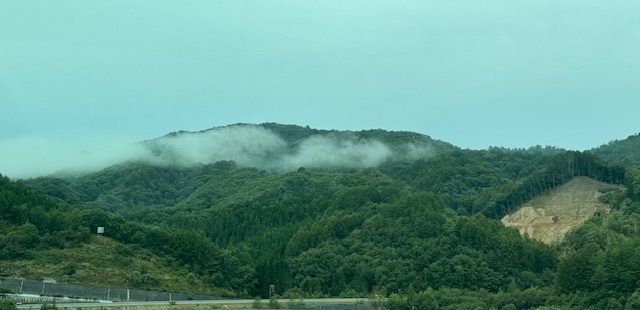
Today, we depart via bus. Ultimately, we will travel about 72 miles northwest reaching the Sea of Japan, which, in China, is still the Japan Sea. We plan a couple stops in between. In the meantime, I see more mountains and more trees. Many more mountains and many, many more trees. So green! Everything and everyone seems to be preparing for winter.
Japanese Roads
Japan’s roads fall into several categories, each with its own designation, signage, and speeds. An Expressway, designated with an “E” number, equates to a limited-access toll road. National Highways connect major towns and may be two-lane through rural areas or multi-lanes. Roads get smaller, narrower and slower from there.
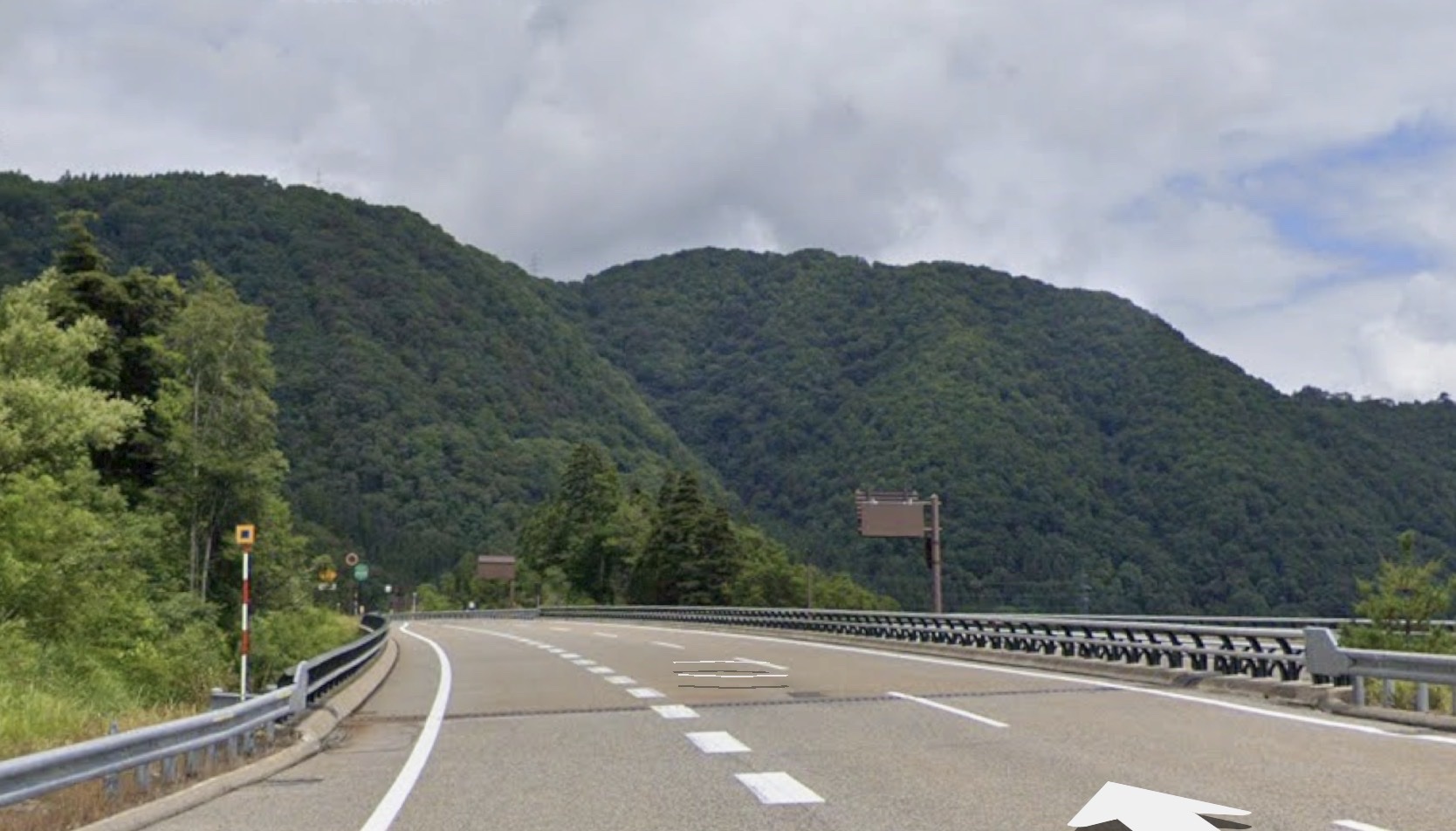
We travel along a wide, well-kept National Highway through a patchwork of farmland, endless rice paddies, and the occasional grain elevator. Puffy grey clouds drift along the horizon, while large, modern homes dot the landscape. Within a few miles, we transfer onto the E41, a broad and fast expressway.
Watchful Orbis and Long Tunnels
Roadside Orbis cameras keep a watchful eye for speeders, flashing red if they catch a violation. Countless CCTV cameras monitor traffic, rivers, and roads. So far, no flashing lights for us. Cell service never wavers, a quiet reminder that in Japan, even the countryside, is fully connected.
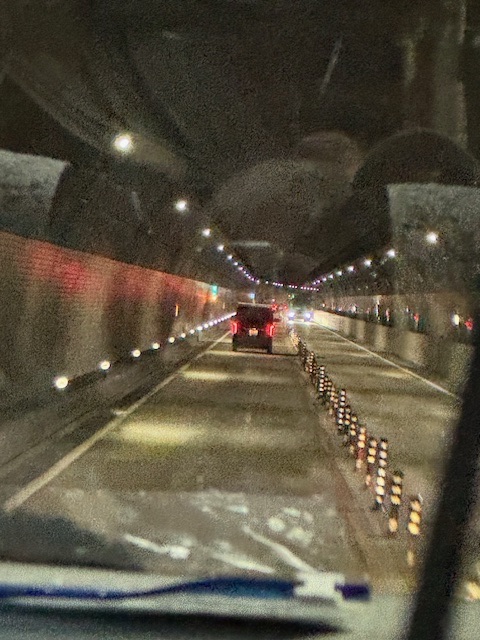
Lots of mountains equates to lots of tunnels. Miles of them. Rather than go around or over mountains, Japanese road builders went through them. As we travel the 31 miles from Takayama to Shirakawa-go along National Route 158, we pass through approximately 12 tunnels.
The most notable stretch is the Hida Tunnel which spans an impressive 6.648 miles, cutting straight through Mominukasan mountain Opened in 2008, it’s not even the longest tunnel in Japan (the Seikan RR tunnel stretches 33.5 miles!) The tunnel makes for about half an hour spent entirely underground, threading through the mountains.
Shirakawa-go
Shortly, we arrive at the village of Shirakawa-go. In spring and summer, the location could not be better. Sandwiched between mountain ranges, seas of green, today under grey clouds, the old village seems idyllic. Until I imagine the coming of winter and snow.
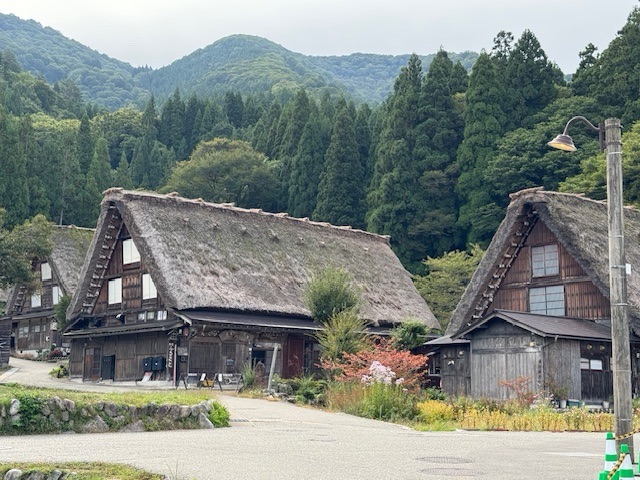
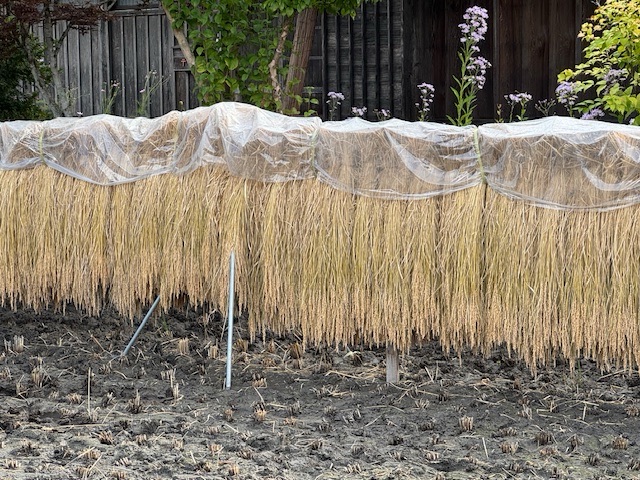
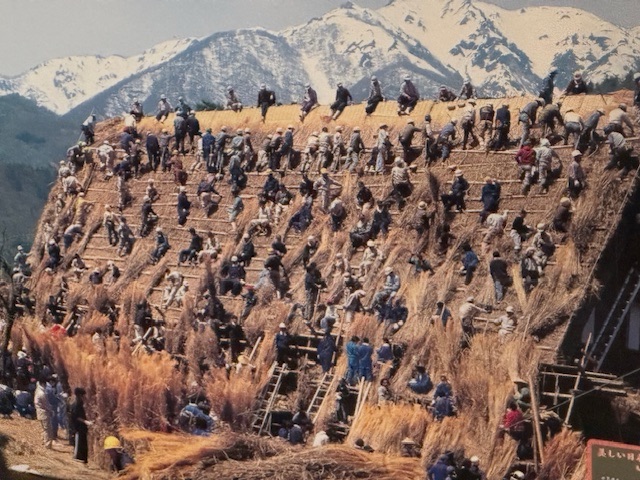
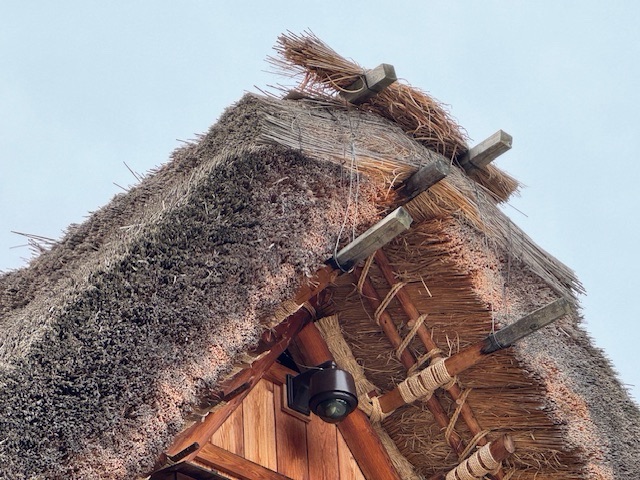
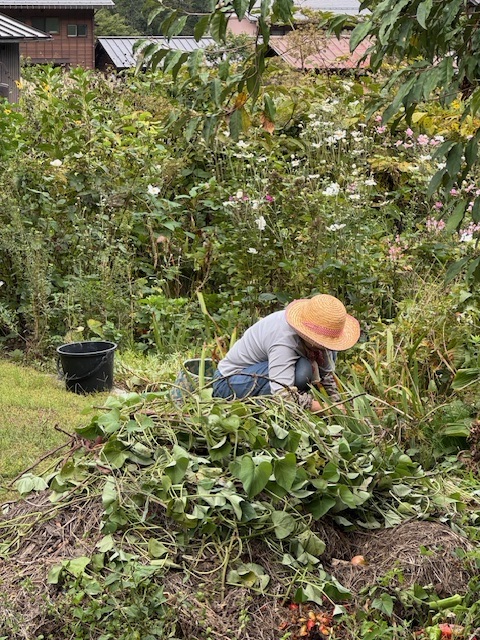
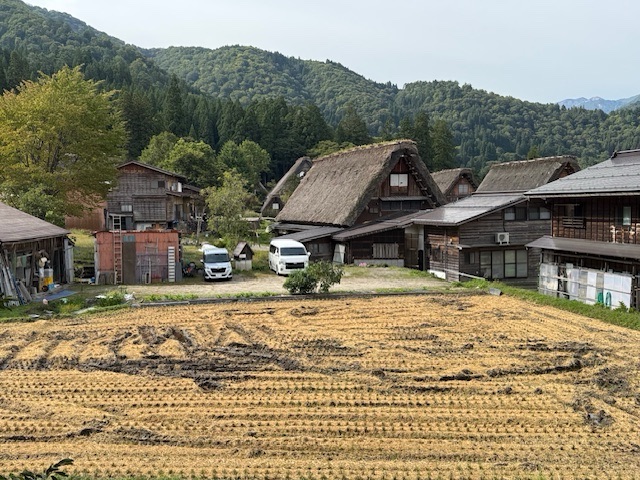
The village is home to a large number of gassho-zukuri houses. Gasshō-zukuri farmhouses, found in villages like Shirakawa-go and Gokayama ( further to the north), are unlike anything else in Japan. Thus, the reason this area has been a UNESCO World Heritage site since 1995.
The name gasshō-zukuri literally means “constructed like hands in prayer,” because the sharply angled thick thatched roofs resemble two hands pressed together. The steep design isn’t just for looks—it allows heavy mountain snow to slide off instead of crushing the house in winter. The village can receive nearly 400 inches (over 33 feet) of snow annually!
These houses are massive, often three or four stories, built entirely with wood joinery without using nails. Inside, families traditionally lived on the lower floors while using the upper lofts as workshops and to cultivate silkworms, which provided an important source of income. What makes them truly unique is that they’re still standing after hundreds of years. Villagers gather to re-thatch the roofs every few decades in a festival-like event.
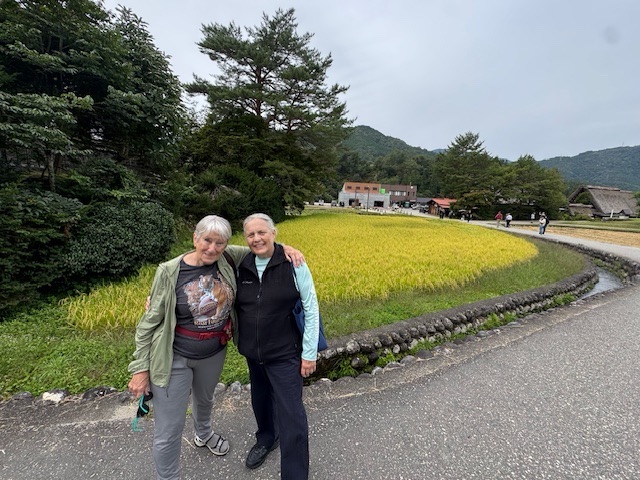
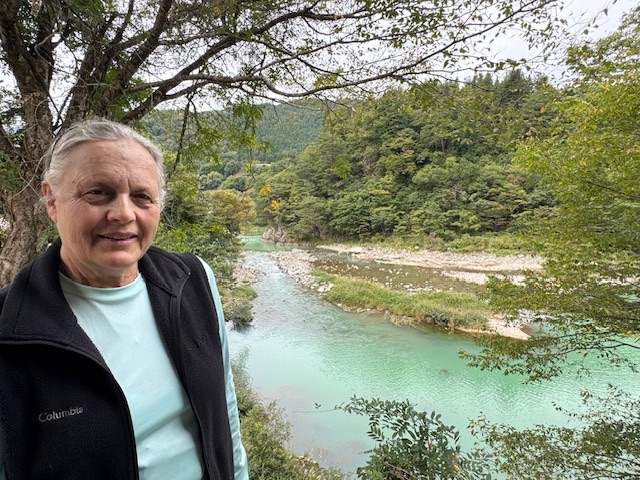
Wada House
The entire village is interesting, but stepping into a gasshō-zukuri house feels a bit like entering another century. The air smells faintly of wood smoke and thatch, and the floors creak underfoot. Sunlight filters through paper-screen windows, casting soft patterns on dark wooden beams so massive you wonder how they were ever lifted into place.
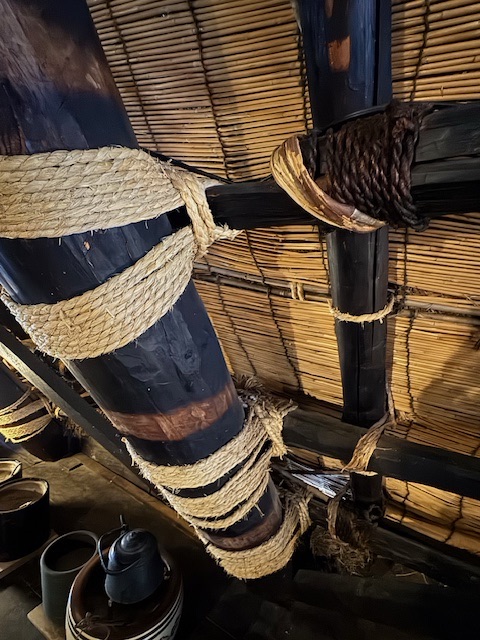
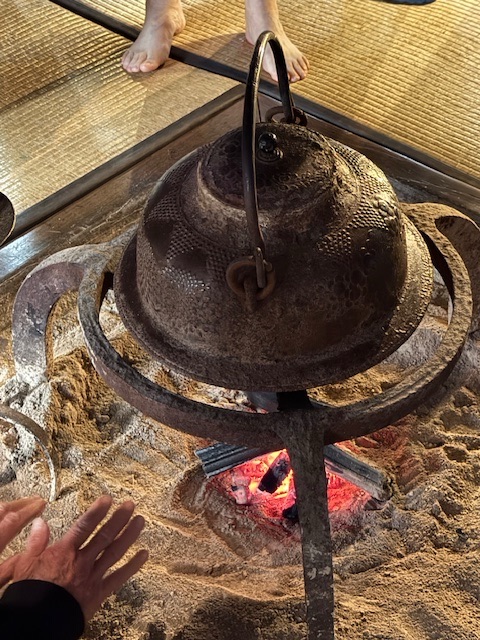
A farmhouse, like the Wada House, is worlds apart from the red barns and clapboard western farmhouses I’d see in the U.S. A gasshō-zukuri looks like it’s bracing itself for a battle with nature—which it is. Its roof is steep and built to shed and survive tons of wet mountain snow.
Inside, everything—living quarters, workspaces, silkworm lofts—fits under one massive roof. It’s both rustic and ingenious—every corner of the house designed for survival in deep mountain winters. I notice the common fire pit and kettle in the center of the main room and am reminded this is the sole source of heat for the entire three floors of the house! In winter!
Many shopping opportunities as one walks thru the village toward the long suspension bridge. Signs posted to remind me of Japanese etiquette.
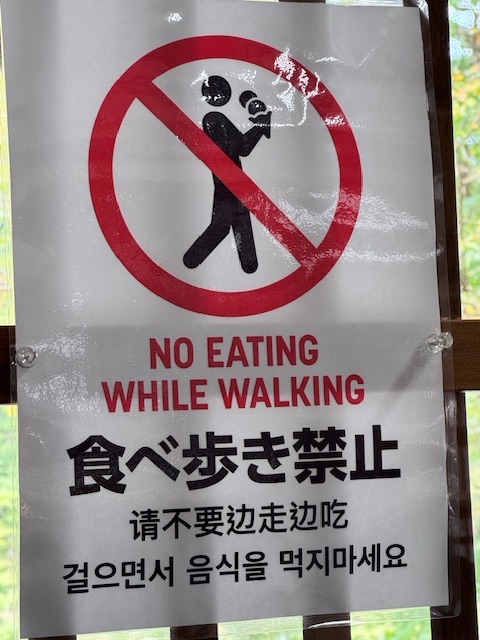
Trees and More Trees
We depart Shirakawa-go. Traveling north on the E41 expressway between Shirakawa and Kanazawa delivers a smooth, fast ride through Japan’s mountainous Chūbu region. The toll route connects seamlessly onto the E8 as it swings west toward Kanazawa and the Sea of Japan. This is gorgeous country as the mountains, forests, and waters surround us.
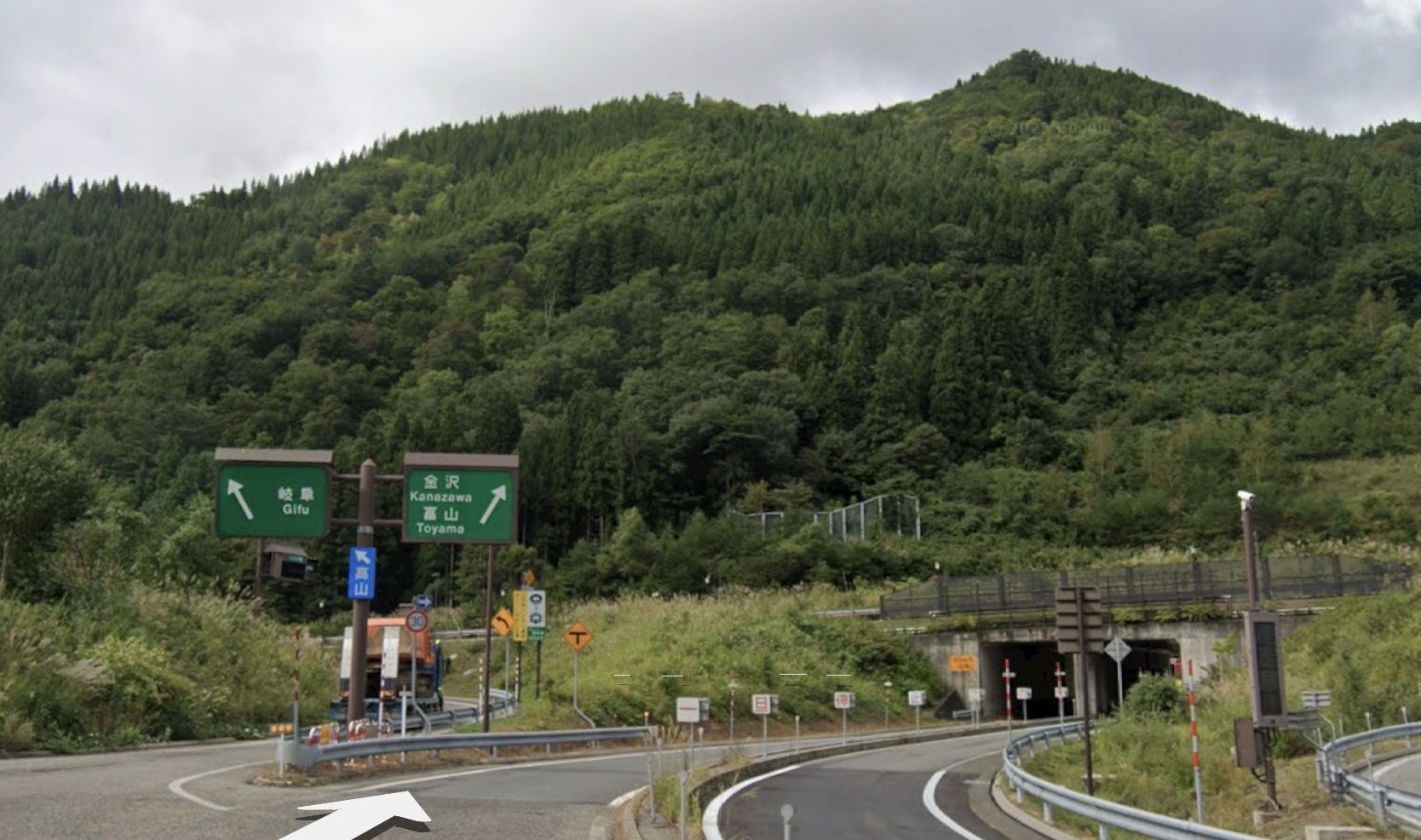
Japanese forests primarily consist of planted coniferous species, such as cedar, cypress, and larch, and natural forests dominated by beech, maple, and oak in central and northern regions. Due to Japan’s long north-south latitude and varied topograph (though it seems predominately mountains), forest types vary significantly.
Evergreen forests thrive in the warm south and mainly deciduous forests in the central temperate zones. Coniferous forests, mostly of fir and spruce, appear at higher altitudes and in the cooler north. When fall begins, these conifers either turn a golden color and shed their needles or take on subtle, changes in their foliage. Makes for stunning vistas, especially in this region. Autumn seems to be just beginning here with touches of fall colors in the forests.
Tours – Always at the Mercy of Bladders
Along the expressway, frequent service areas dot the route at regular intervals. When on tour, buses are always at the mercy of a number of bladders. As for the restrooms, they, like all of Japan, are spotless, odorless, and cordial to visitors.
The stops also offer the ubiquitous vending machines to explore. First stop, I always look for the traveler’s treat – Magnum ice cream bars. None ever seen. However, the machines have so much to offer, I like playing them about as much as I do slot machines. Except here, I don’t loose my money.
Saké Sipping
Visiting a saké brewery in Japan is a rich sensory experience—equal parts history lesson, craft appreciation, and indulgence. We start with a tour of the brewery itself, in buildings that have been used for centuries. The air feels cool and slightly sweet, carrying the faint aroma of fermenting rice.
The seventh generation owner led us through the process: polishing the rice, washing and steaming it, cultivating koji mold (evidently the magic ingredient), yeast fermention, and finally pressing and bottling. The wooden vats, old stone walls, and shiny steel tanks all tell a story of tradition meeting modernity.
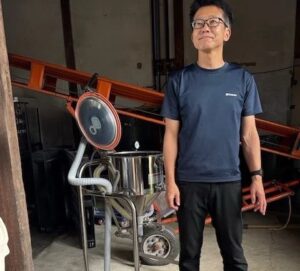
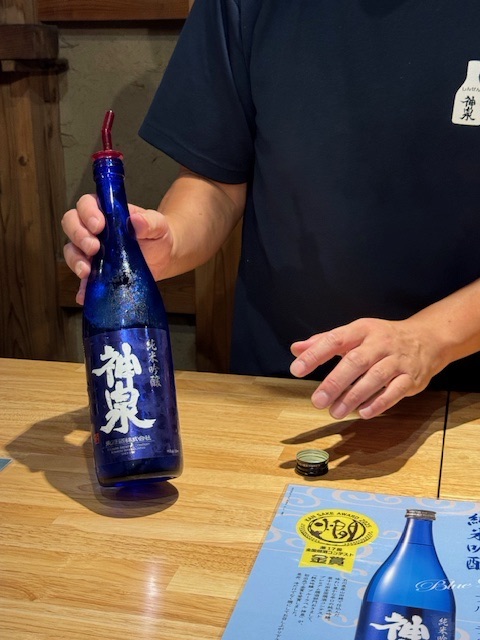
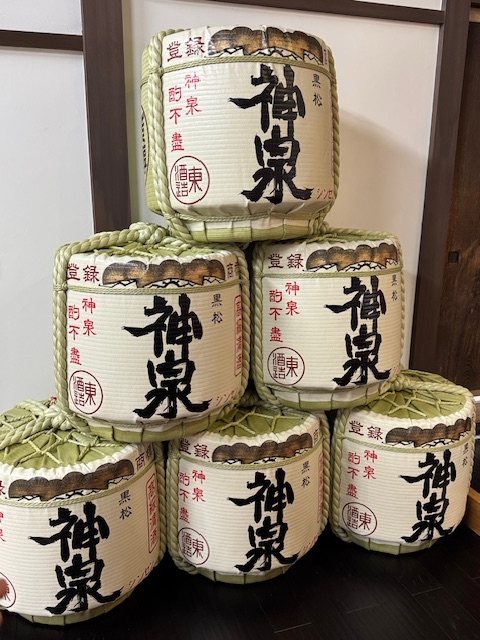
The highlight, of course, is the tasting. I am handed small cups to sample a variety of styles: crisp and dry junmai, aromatic ginjo, or velvety daiginjo. Some breweries also offer cloudy nigori or aged koshu with richer, caramel notes.
With each sip, I am encouraged to notice the flavor balance—fruity, earthy, floral, or umami-rich. All I notice is the flaming taste of pure grain alcohol. I could light a match and perform in a circus.
Many breweries pair tastings with local snacks (like miso, pickles, or rice crackers), which brings out saké’s versatility. By the end, I appreciate the craft, have participated in the sipping, but not ready to substitute any of it for my dinner glass of Asahi Super Dry.
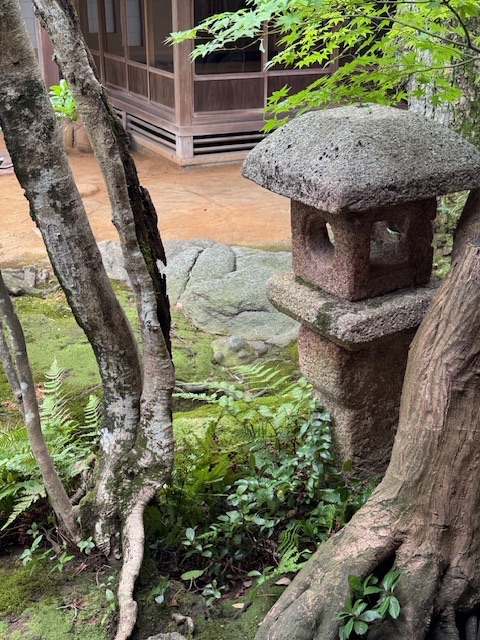
The brewery is one of the top saké producers in Japan. Its samauri garden adds peace and charm.
The tasting feels a little like the Japanese saying; nanakorobi yaoki (七転び八起き). Translation is somethink like: Fall down seven times, stand up eight. It illudes to resilience and perserverance. Qualities one requires after an afternoon of saké sipping.
Kanazawa
Kanazawa is one of Japan’s great castle towns; it feels both historic and very modern at the same time. Population tops 450,000 and its principal industry consists of textiles, chiefly silk. Its train/bus station is a marvel (right).
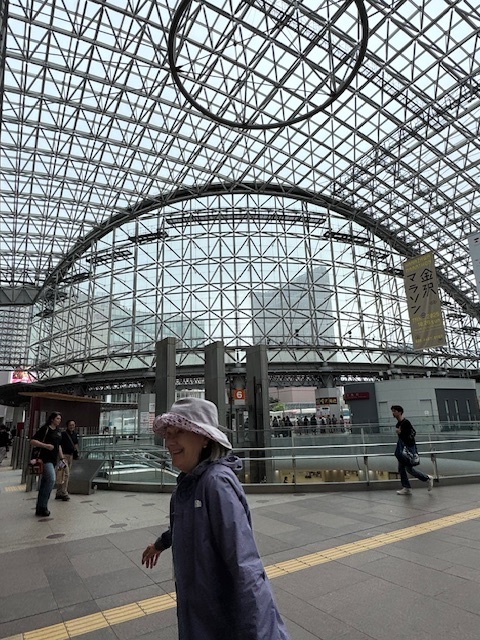
Often called Little Kyoto, it escaped most wartime bombing, so much of its old character survives. But Kanazawa isn’t stuck in the past—it has a lively contemporary art scene, bustling food markets like Omicho, and a reputation for superb seafood thanks to its coastal location on the Sea of Japan. It remains a mix of the quiet dignity of history alongside the hum of a modern, creative city.
Overnight in Kanazawa
Slightly tipsy after the saké tasting, we stagger to our hotel for the evening. While the city may have over 400 years of history, our hotel does not. The ANA Crown Plaza consists of a rather modern high rise sponsored by IHG. Rooms are spacious, modern, and comfortable. However, because I am on a group tour, I don’t receive points.
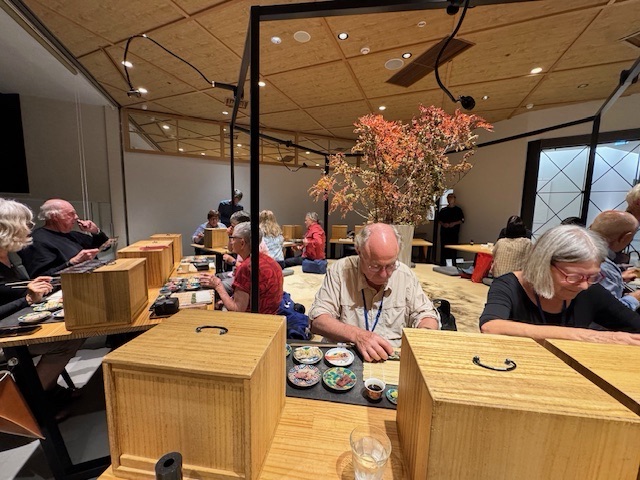
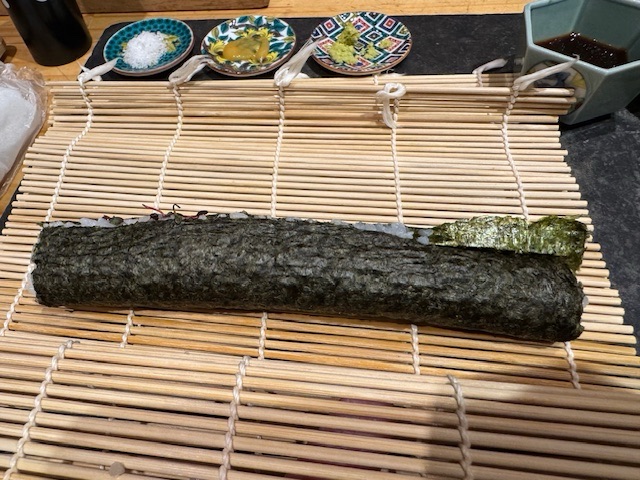
Dinner requires a short walk. At this restaurant, it becomes a roll your own event. The mystery boxes contain the seaweed and rice, bowls of assorted sushi appear. This dining recognized as Hosomaki Sushi, a slender sushi roll commonly known as easy-to-eat cuisine in Kanazawa, is the main dish served in coil.
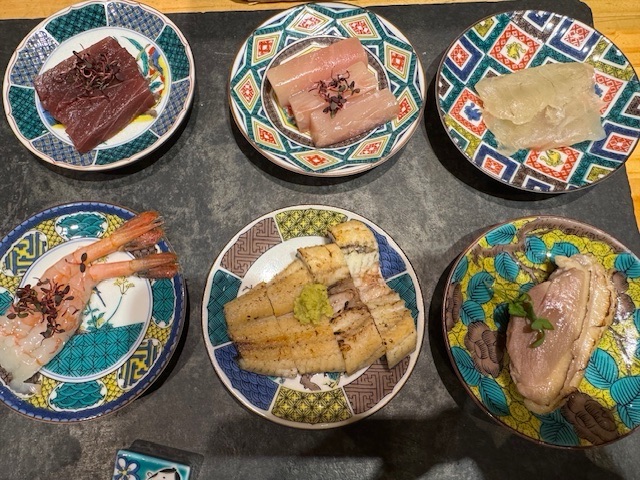
I make my sushi to taste. Having just somewhat mastered chopsticks, here hands are allowed. The dining experiences never end in Japan.
0 Comments